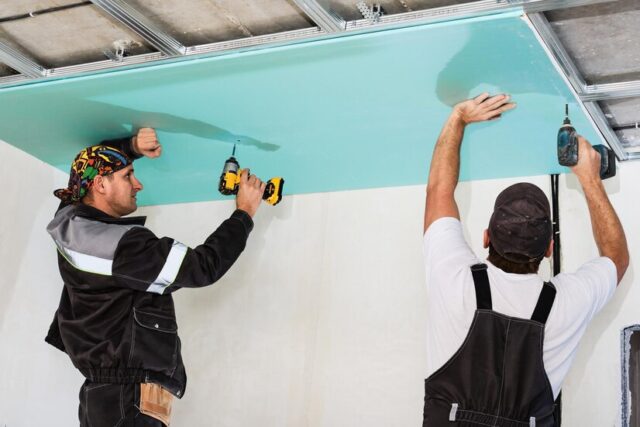4 Considerations for Increasing Biodiversity in Construction Projects
Table of Contents:
- Introduction
- Importance of Biodiversity in Construction Projects
- Consideration 1: Site Analysis and Design
- Consideration 2: Native Plant Selection
- Consideration 3: Creating Habitats and Ecological Features
- Consideration 4: Maintenance and Monitoring
- Conclusion
Introduction:

Construction projects often have a significant impact on the environment, including the loss of natural habitats and biodiversity. However, with careful planning and implementation, construction projects can also contribute to the enhancement and conservation of biodiversity. This blog explores four essential considerations for increasing biodiversity in construction projects. By incorporating these considerations into the construction process, we can create sustainable and ecologically sensitive environments that support and promote diverse ecosystems.
Importance of Biodiversity in Construction Projects:
Biodiversity refers to the variety of life on Earth, encompassing all species of plants, animals, and microorganisms, as well as the ecosystems in which they exist. Construction projects, if not properly managed, can cause the destruction or fragmentation of habitats, leading to a loss of biodiversity. However, increasing biodiversity in construction projects brings several benefits, including the preservation of native species, improved ecological resilience, and enhanced aesthetic appeal. Let’s explore four considerations to achieve this goal.
Consideration 1: Site Analysis and Design:
Before breaking ground, conducting a thorough site analysis is crucial. This analysis involves assessing the existing biodiversity, identifying ecologically sensitive areas, and understanding the local flora and fauna. By understanding the site’s unique characteristics, design plans can be tailored to minimize habitat destruction and maximize biodiversity preservation. Factors to consider include the location of existing ecosystems, migration corridors, and potential impacts on water resources.
Consideration 2: Native Plant Selection:
Choosing native plants is essential for promoting biodiversity in construction projects. Native plants have adapted to the local climate, soil conditions, and wildlife interactions over time. They provide food and shelter for native animals, support pollinators, and are more likely to thrive in their natural environment. By incorporating native plants into landscaping and restoration efforts, construction projects can create a more sustainable and resilient ecosystem.
Consideration 3: Creating Habitats and Ecological Features:
Incorporating diverse habitats and ecological features is crucial for increasing biodiversity. Construction projects can include elements such as green roofs, vegetated walls, and ponds, which provide additional habitats for various species. Incorporating features like bird boxes, bat roosts, and insect hotels can also encourage the colonization of wildlife. By mimicking natural habitats, construction projects can provide sanctuaries for both common and endangered species, fostering biodiversity.
Consideration 4: Maintenance and Monitoring:
Maintaining and monitoring the biodiversity of construction projects is essential for long-term success. Regular maintenance, including invasive species management and habitat restoration, ensures that the ecosystem remains healthy and sustainable. Monitoring the site’s biodiversity over time allows for adaptive management, identifying any potential threats or imbalances. Engaging local communities, experts, and conservation organizations can contribute to the ongoing protection and enhancement of biodiversity.
Conclusion:
Increasing biodiversity in construction projects is a crucial step toward creating sustainable and environmentally friendly built environments. By considering site analysis and design, native plant selection, habitat creation, and ongoing maintenance, construction projects can contribute positively to the conservation of biodiversity. Implementing these considerations not only benefits the natural environment but also provides aesthetically pleasing spaces for people to enjoy. Let’s strive for construction practices that harmoniously coexist with nature and preserve our planet’s rich biodiversity.





